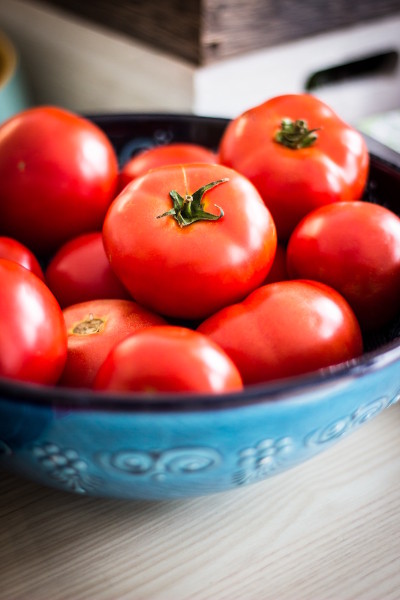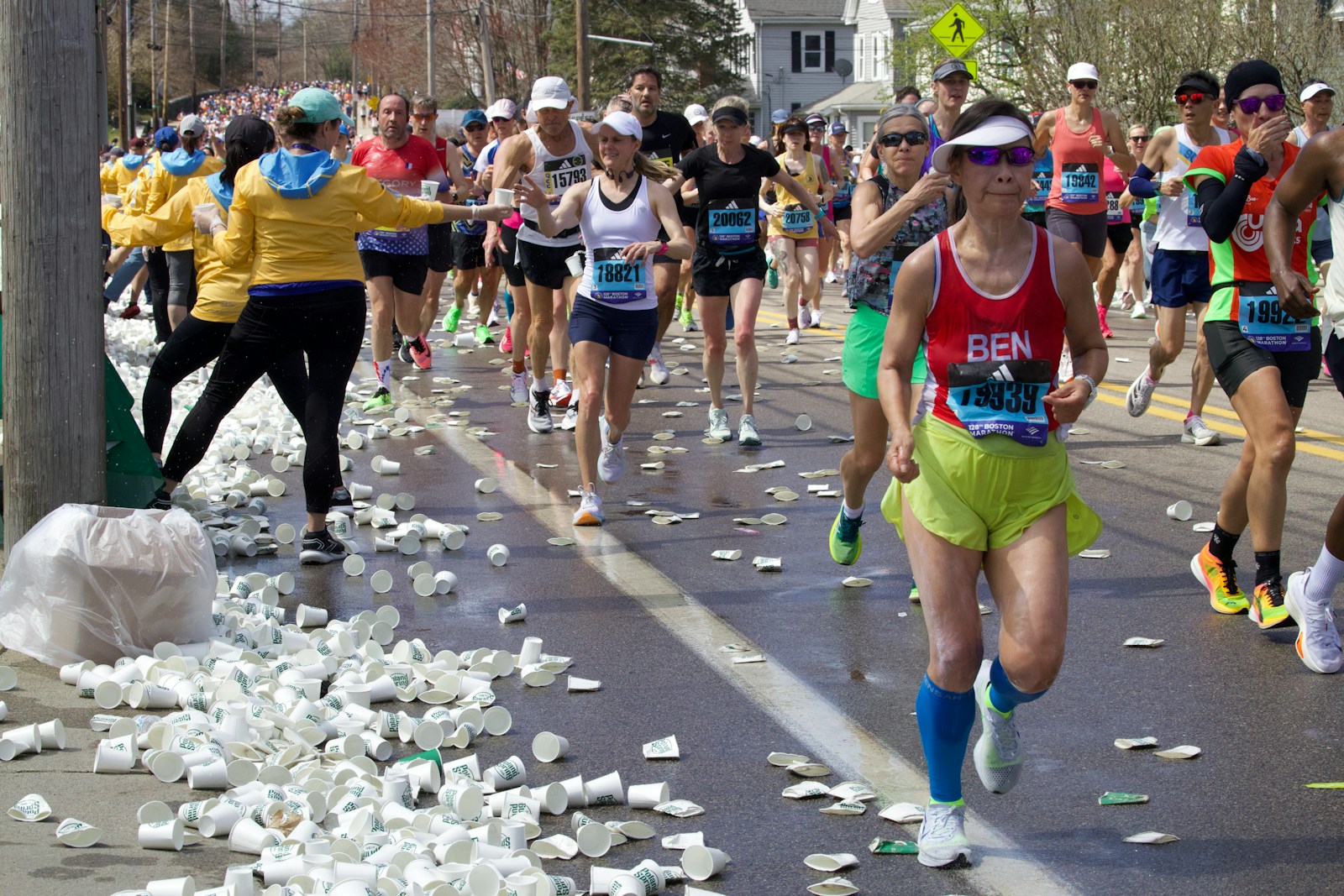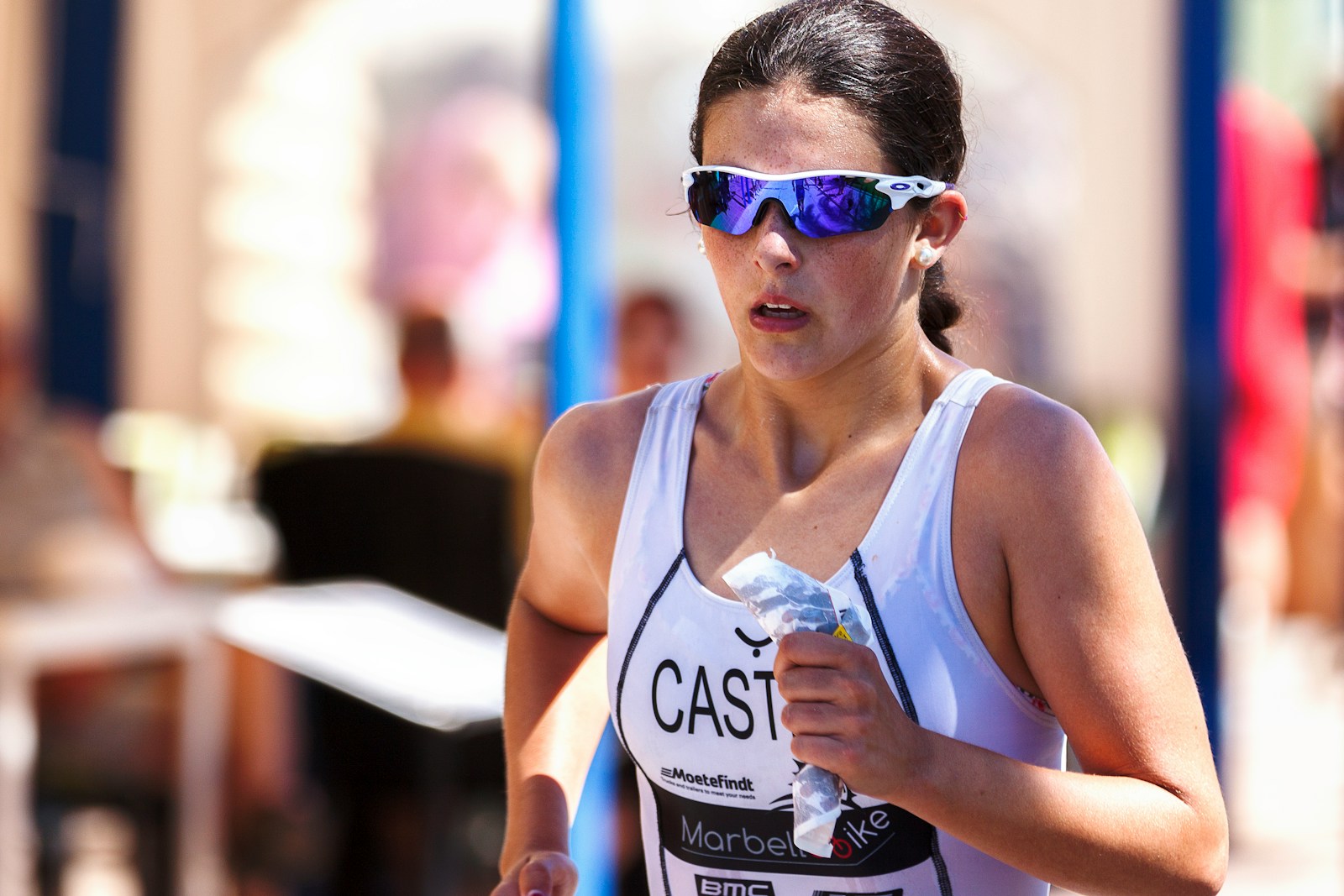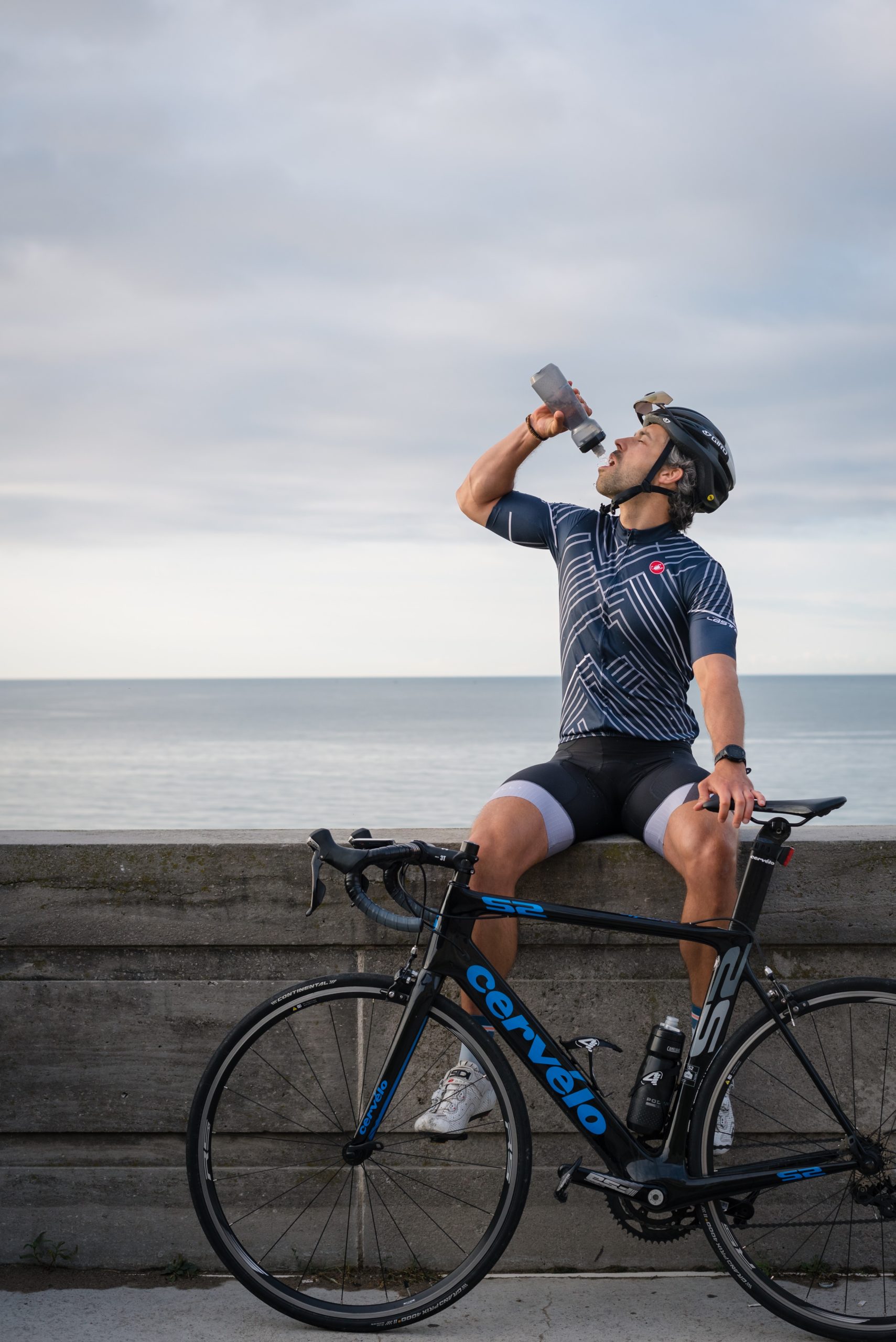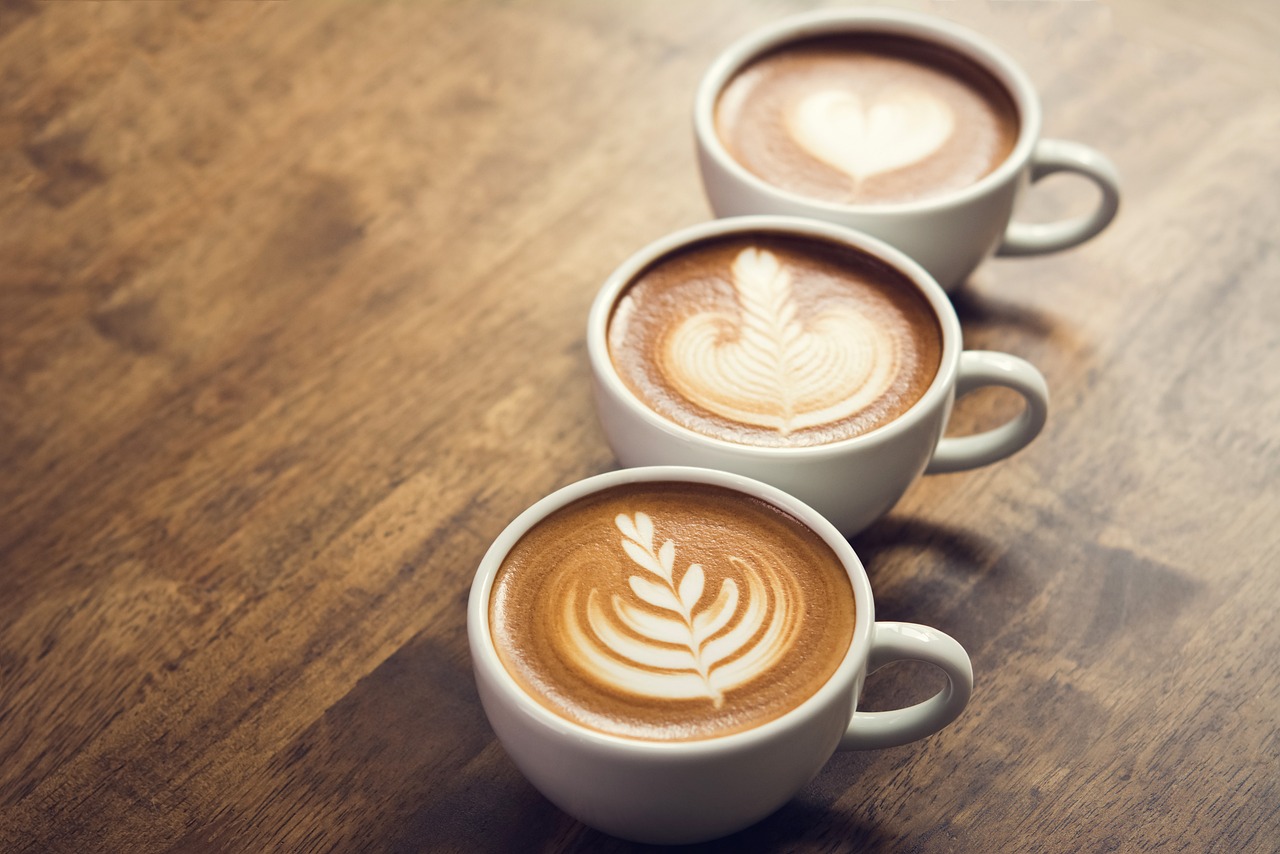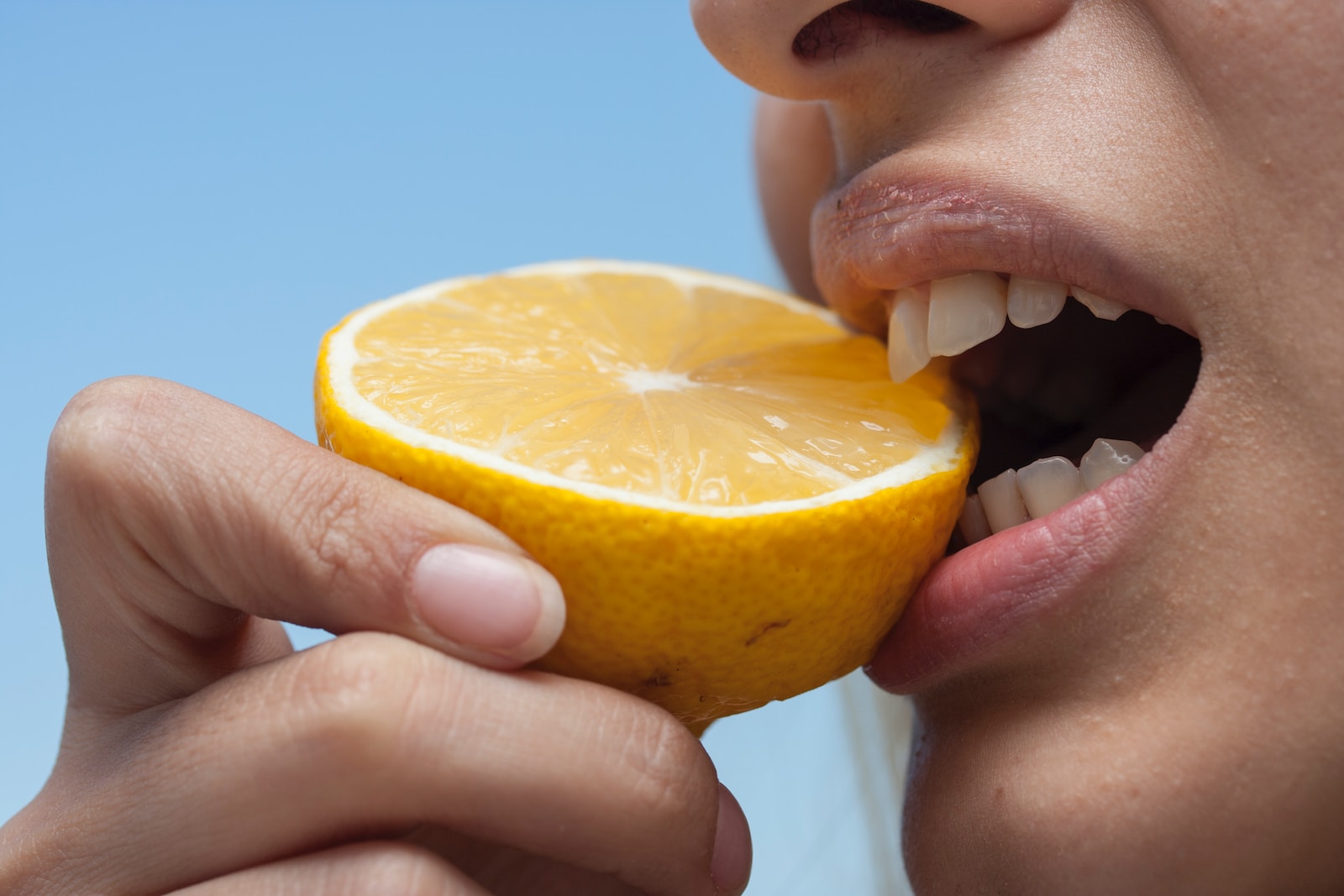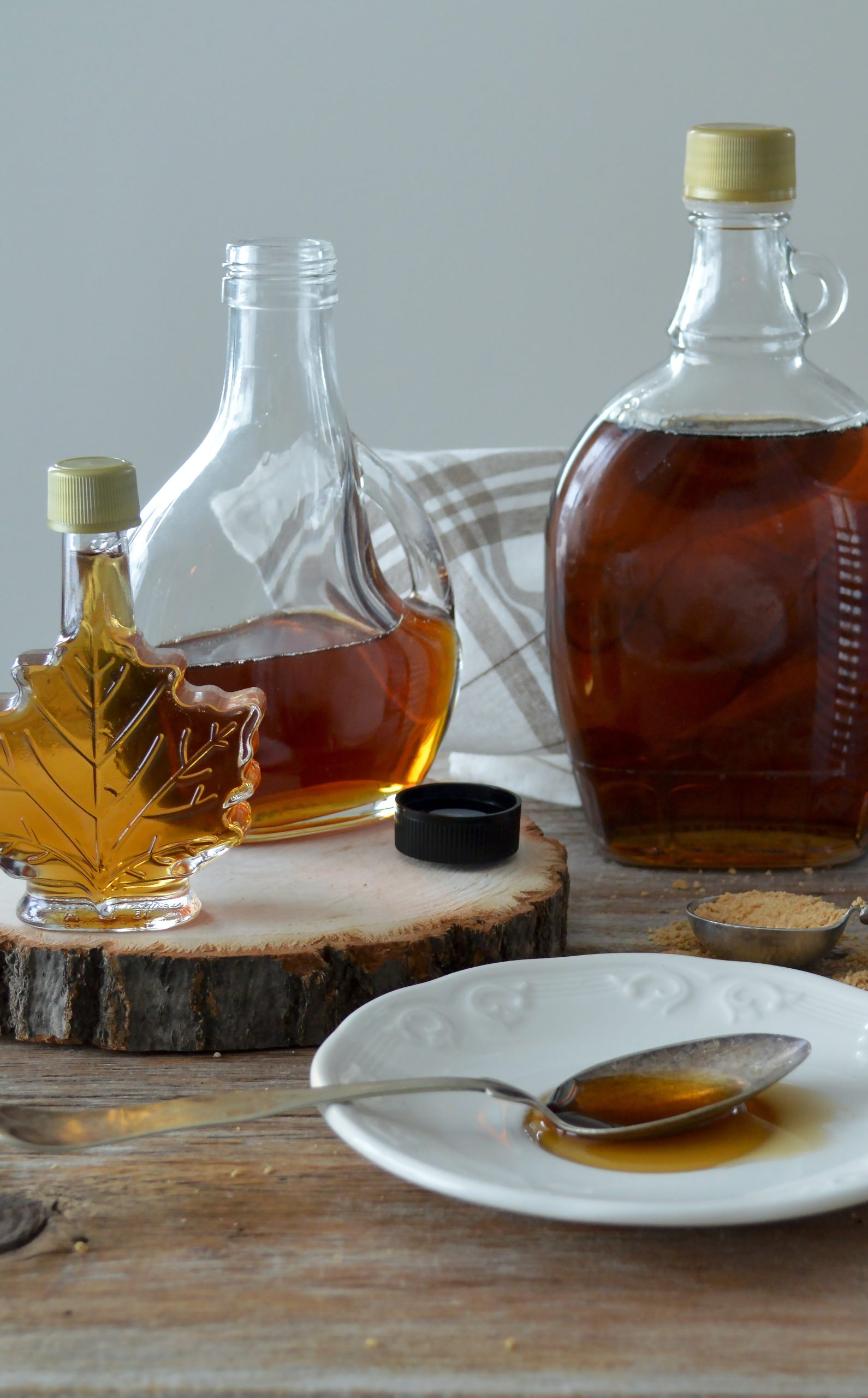Endurance Race Fueling 101: Fueling for Endurance Events
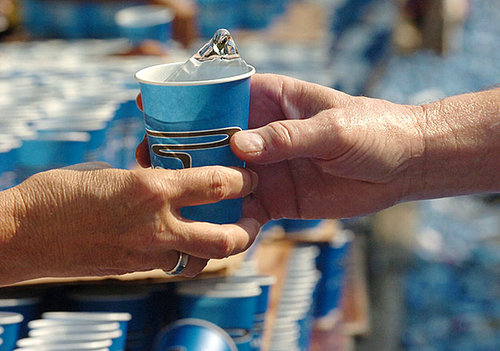
Triathlons are easy . . . said no one ever! For one thing, race day can be full of surprises: the weather can turn, your goggles can get kicked off, your big toe can sprout a painful blister. All that to say, you’ve got enough going on, so why not take one big variable out of the equation? Your fuel plan. After all, your body is your most important piece of equipment, and if it’s not fueled properly, then all the training in the world won’t help you.
First off, there is a lot of confusion around what fuel is best for a triathlon—and for good reason. The market is flooded with sports nutrition products, and if we asked 100 triathletes what they use, we might get 100 different and successful fueling plans. What works for one athlete doesn’t necessarily work for another—all the more reason to make sure that by race day, you’ve found an ironclad plan that works for you.
Fueling Rules to Live By
- The longer the event, the more critical fueling and hydrating become to your performance.
- Establish a fuel plan, test it out in training, and stick to it on race day. (Repeat after me: Nothing new on race day.)
- Practice your fueling plan in simulated race day training sessions (long bikes/bricks, long runs) along with race day efforts and heart rates.
- Rehearse race day fueling with the same diligence practiced in training.
- Execute steady pacing from the start, an effort you can maintain or build onto. Going too hard too early will shut down the gut, causing bloating and a sloshy stomach, sabotaging your fuel plan right out of the gate.
- The goal of hydration is to offset fluid loss to <2% of body weight. Once fluid loss exceeds >2% body weight loss – performance will start to deteriorate.
Fueling Guidelines for Half IRONMAN and IRONMAN Distance*
When glycogen stores are full, the body has enough energy (in muscles and the liver) to fuel 60-90 minutes of moderate race effort intensity. The body relies on both carbohydrates (CHO) and fat for fuel, but because CHO stores are limited, during an event we must consume easy-to-digest carbohydrates to avoid depleting glycogen stores and “hitting the wall.” Therefore, the longer the triathlon, the more critical fueling becomes to a successful outcome and strong finish.
- For events lasting 3–17 hours, consume 40–90g CHO/hr (160–360 calories) from a combination of rapidly oxidized carb sources such as glucose, maltodextrin and fructose mixtures.
- On the bike, the body’s absorption rate is higher due lower heart rates so fuel at the middle to top of the range recommended above. On the run, with higher heart rates, plan on taking in the lower end of the CHO range.
- Consuming a combination of carb sources is best as they are absorbed through different mechanisms and break down into blood glucose at different rates, decreasing the risk of gastrointestinal distress.
- Properly formulated sports drinks, energy gels, sports chews, and well-tolerated energy bars are effective fuel sources.
- Whenever possible, use sports drinks as your first line of offense. These provide hydration, electrolytes, and fuel, are easily absorbed at various heart rates, and are conveniently located in aero bottles and at each aid station on the run.
- On the bike, start fueling within the first 10-15 minutes since you will be in a calorie deficit from the swim. If you choose solids such as a sports bar on the bike, taper off one hour before T2.
- Opt for liquids and gels rather than solids on the run, and choose easy-to-digest formulations.
- Fuel and hydrate early and often. Waiting too long to fuel increases the possibility of dehydration, which can cause gastrointestinal problems (cramping, vomiting, or diarrhea).
Caffeine as Part of Fueling for Endurance Events
According to numerous research studies, low to moderate doses of caffeine enhance performance and reduce the perception of fatigue in endurance performance. Studies suggest caffeine serves as an ergogenic aid by stimulating the central nervous system, resulting in an increased threshold for pain and a decreased perception of effort. The recommended starting dosage is 2mg/kg of body weight, and no more than 5–6mg/kg body weight. In 70.3 events and longer, aim to wait until halfway through the bike leg to begin caffeine usage, to delay the onset of fatigue more effectively. The goal is to find the lowest effective dosage that works for you, and this is best established through trial and error in training. More caffeine is not better, as there are serious side effects such as increased heart rate, tremors, and anxiety. To improve race day caffeine effectiveness, decrease caffeine intake by ½ your normal consumption 3–4 days beforehand.
Caffeine Dosages:
- 8oz brewed coffee ~85mg
- 12oz cola 34mg
- Caffeinated gels 20–100mg
- 4oz Red Bull 80mg
- 6 caffeinated Clif Bloks 50–100mg
Hydration Guidelines:
Dehydration, defined for our purposes as a fluid deficit of >2% body weight during exercise, is the most common cause of fatigue and poor performance, but fortunately, it is also easily preventable. Dehydration increases core temperature, heart rate, and perceived exertion.
Plain water is a good thirst quencher but not an effective hydrator. Instead, use a properly formulated sports or electrolyte drink such as Gatorade Endurance Formula, provided at events by IRONMAN, that contains additional sodium to meet both fluid and energy (carbohydrate) needs. Fluid and sodium needs are unique to each individual and can be determined through a sweat rate test and training sessions. However, numerous studies have shown that endurance athletes with high sweat rates and a high sweat-sodium concentration sustain significant sodium losses.
- Drink early and often on the bike with the goal of consuming 4–8oz (120–240ml) every 15–20 minutes consistently.
- Do not depend on thirst to tell you when to hydrate. Drink according to your schedule.
- Take in fluids at each run course aid station to ensure adequate hydration, even if it means walking a few seconds.
- Put more fluid in your stomach than over your head. Pouring water on your body feels good but does not effectively reduce core body temperature.
- One gulp of fluid = 1 oz. Aim for 3–4oz at each run aid station.
- A good indication of proper hydration is the need to urinate once every 2.5 hours on the bike. That means once per Half IRONMAN and twice per full IRONMAN on the bike.
- Hyponatremia, or low levels of blood sodium, occurs when fluid intake exceeds sweat and urine loss, or fluid replacement lacks sufficient sodium. Weight gain during exercise is a warning sign of overconsumption and occurs more often with endurance athletes who rely on water only to meet fluid needs.
- 500–700mg/hr sodium is a general recommendation, although no firm guidelines have been established.
- Research suggests consuming 1g sodium/hr during prolonged exercise where heavy sweat loss is expected.
IRONMAN aid stations are approximately every 10 miles on the bike and every mile on the run. In 2016, they will serve the following:
BIKE:
- Gatorade Endurance Formula (Flavor: Orange) (24oz – 42g CHO, 600mg sodium)
- Water
- Bananas (one medium – 30g CHO)
- Clif Shot Energy Gels (1 gel – 22-24g CHO, 60-90mg sodium)
- Clif Bloks Energy Chews (3 chews – 24g CHO, 70mg sodium)
- Clif Bar Minis (1 bar – 17-18g CHO, 65-100mg sodium)
- Red Bull (8.4oz -27g CHO, 100mg sodium)
RUN:
- Gatorade Endurance Formula (Flavor: Lemon-Lime) (24oz – 42g CHO, 600mg sodium)
- Water
- Cola (8oz – 26g CHO, 30mg sodium)
- Clif Shot Energy Gels (1 gel – 22-24g CHO, 60-90mg sodium)
- Clif Bloks Energy Chews (3 chews – 24g CHO, 70mg sodium) Clif Bar Minis (1 bar – 17-18g CHO, 65-100mg sodium)
- Red Bull (8.4oz – 27g CHO, 100mg sodium)
- Pretzels (1oz – 23g CHO, ~450mg sodium)
- Fruit
*Guidelines are scientifically supported by the American College of Sports Medicine, the Academy of Nutrition and Dietetics, and the Australian Institute of Sport
Want advice about fueling for endurance events that’s personalized to your diet and health? Checkout our sports nutrition consulting options.

